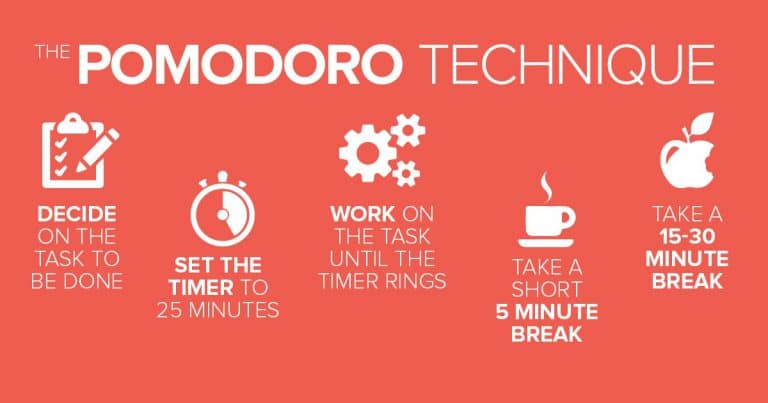Whether you have just started out in business or you have been established for some time, productivity should always be a top priority. Just because you run a small business doesn’t mean you have to think small when getting things done. There are many things you can do to raise productivity levels and get the most from your teams. Which is why we’re going to discuss some competitive tactics.
From learning time management techniques to removing distractions, here are seven top tips for motivating your small business teams and increasing productivity, profits and ultimately customer lifetime.
1. The 2-minute rule
Have you heard of the two-minute rule? It’s a technique coined by time management consultant, David Allen. It suggests any task that can be completed in two minutes should be done there and then. From answering an email to getting paperwork in order, attending to quick tasks can save time in the long run.
2. Remove unnecessary distractions
Whether they are working in an office environment or out on the road, distractions can cost your business time and money. Maintaining focus is essential to maintaining productivity, and there are a number of ways you can do this.
For example, instead of planning lots of meetings throughout the day, arrange a 30-minute meeting at the start of the day with all employees present. You might also want to prevent access to social media and restrict constant email notifications during the day so that employees can focus.
3. Stick with one task at a time
Studies show multitasking isn’t as productive as it might sound. Research shows that trying to complete two tasks at the same time could actually slow you down. Instead, create a to-do list that you can realistically manage and don’t move onto the next task until you have completed the one previous.
4. Focus on automation
Automating tasks doesn’t always have to mean replacing jobs carried out by humans – far from it, in fact. By investing in the right software, you can automate the simple yet necessary things such as scheduling social media posts, time tracking, collating expense reports or automating responses to customers.
This also extends to tools that help you to manage your team. For example, there are several types of workforce management (WFM) software that allows you to organize projects, employee time tracking, and employee schedules across your workforce in one consolidated solution. Additionally, ensure that any tool you choose to adopt falls within your current budget and adds value to those employees who will be using it.
5. Manage time more effectively
We talked about how to manage the smaller tasks earlier in this article, but what about those long, more involved tasks? Several companies have seen success with an employee schedule template, which is easily accessible, allows for comments, and last-minute adjustments.
Another strategy you could encourage is the Pomodoro Technique. Developed in the 1980s by Francesco Cirillo, this idea is as simple as it is effective. Using a stopwatch or an online Pomodoro timer, you work solidly on one task for 25 minutes straight. At the end of the 25 minutes, you take a 3–5 minute break. After four breaks, you take a longer 15–30 minute break.
6. Power up the workstation
Whether your employees work from desks, a workbench or out on the road. Make sure their working environment is as efficient as possible.
For employees that need to crunch lots of numbers, an additional computer monitor can help them to multitask and manage multiple spreadsheets at once. Employees out on the road can benefit from reliable mobile connectivity and apps that allow them to do more without coming back to the office.
7. Sharing is caring
Make it easier for staff to share documents and work together on projects. Do this by investing in collaboration and instant messaging software. Whether staffers are working in the office, from home or out on the road pitching your products. Everybody will have seamless and reliable access to the same documents. And have the ability to communicate easily and quickly.
Not only does collaboration on this level increase productivity, but it can also reduce the amount of time spent in meetings as employees can simply fire a quick message to each other when they need something clarified. All the above can be applied to any industry. For example, customer support or real estate agents can work from home and still be efficient and productive.
Productivity hacks make you efficient
Research shows that small business teams can be much more efficient than teams within larger corporations. Following the productivity tips above could help your teams to complete tasks in a logical order.
Along with helping them collaborate effectively and handle their workload without being micromanaged.






